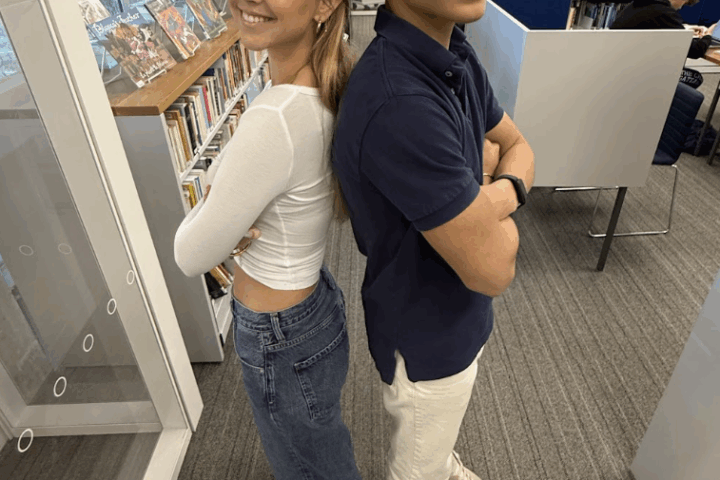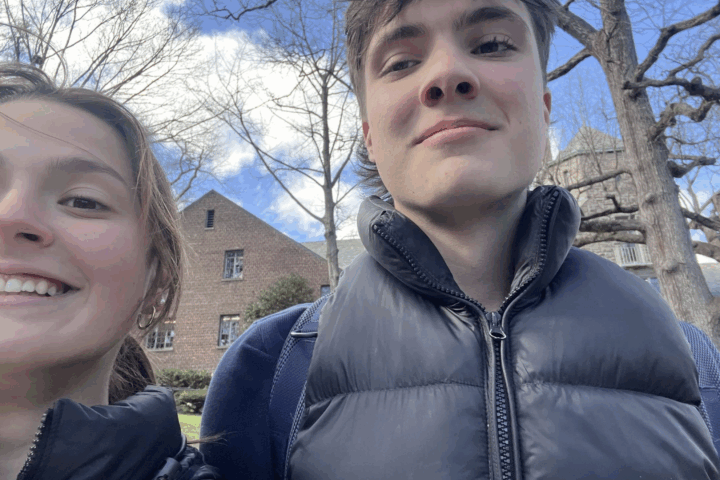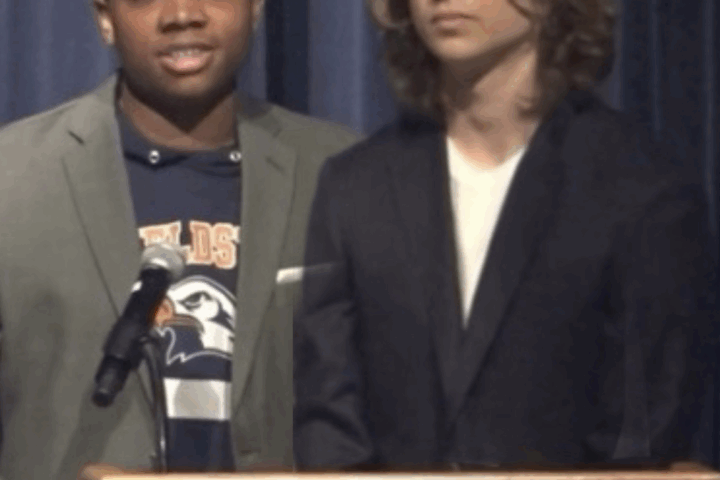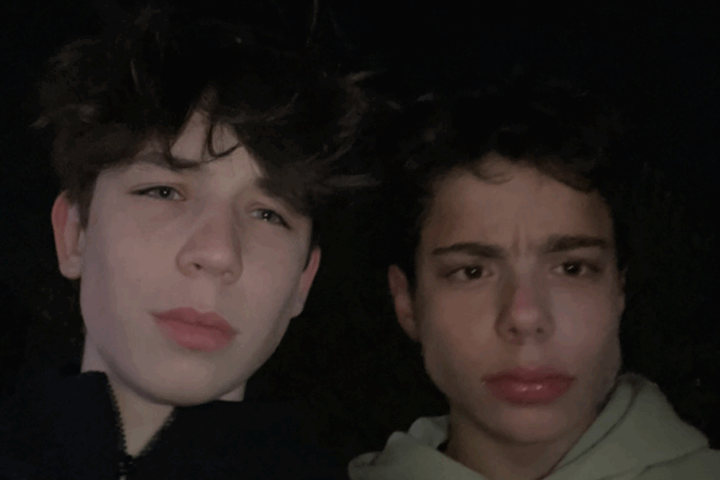On Saturday, January 21st, hundreds of thousands of people gathered in Washington D.C. to protest President Trump. A sea of people wearing pink hats swarmed the streets of Washington D.C. and the citizens of the city could not have been more supportive and kind as they handed out hot chocolate and coffee, cheering as the protesters marched by.
The day started with a rally, consisting of speeches, songs, and poetry. It was hard to see the actual stage over the crowed, but the booming voices of the speakers riled up the audience and got them excited to march. Among the speakers was America Ferrera, best known for playing the title role in Ugly Betty, who gave a speech that was followed by overwhelming applause.
“The president is not America,” she said, as thousands of people waved their, “Not My President” signs in the air..“His cabinet is not America. Congress is not America. We are America. And we are here to stay.”
Kierra Johnson, executive director of URGE, also gave a powerful speech. “We refuse to let politicians chart our destiny and steal our dignity.”
As she spoke, the anger in the audience was palpable. When Johnson mentioned that Donald Trump was the president, the audience reacted with a, “boo,” to which Johnson responded, “there’s a million of y’all out here, y’all should say boo louder.” Kierra Johnson’s speech followed Cecile Richards’, president of Planned Parenthood. Richards talked about the laws Congress is attempting to pass, restricting access to safe and legal abortions.
“Call your member of congress. Call your senator and say ‘we will not go back,’ ” she said to the crowd, adding, “my pledge today is: my doors stay open.” Richards went on to remind the protesters that it takes thousands of people to truly make a difference. “One of us can be dismissed, two of us can be ignored, but together we are a movement and we are unstoppable.”
The Women’s March was the start of a movement, an opportunity for everyone to come together and send a strong message to President Trump, letting him know that we, the people, are not going down without a fight.
The results of the November election filled many, like Dr. Tammi, Chair of the History Department, with sadness and anger. “I was desperately looking for something to help me feel empowered to move forward — to not apathetically settle into this new reality,” Tammi said. Dr. Tammi expressed to the Fieldston News that she marched for her twelve year-old son and her nieces, and for their futures.
“People were organizing not to mourn and stew in self-pity, but to demonstrate that they do not plan to stay silent for the next four years,” FSG Co-President Beth Awano (VI) said when asked why she was drawn to participate in the march. “Every time I stopped to look around, I was overcome with joy and hope.”
Annabelle Lesser (V) expressed a similar feeling of love and support from everyone marching, “I felt like I was a part of something bigger and more important than myself,” she said.
The air felt gloomy on Saturday in Washington D.C., but the energy coming from the march participants turned the town into a happy and empowering place. When asked if she thought the march was successful, Phoebe May (V) said, “I think that the march gave those who attended and those who didn’t attend hope. Hope that maybe if we stand together we can do something to fight oppression.”
The Women’s March on Washington gave people of all identifiers the chance to come together and stand up for what they believe is right, and fight against what they believe is wrong. However, the fight for justice must continue throughout the next four years. “These marches and protests have to continue and be a resistance movement that fights back at every turn for the duration of this man’s presidency,” Dr. Banks said.
Although the Women’s March took steps towards inclusivity, mainly regarding race, issues arose about the lack of representation for marginalized groups. Some women of color chose not to march for multiple reasons, one being the lack of support they have received from white women throughout history. While the turnout for the march was somewhat diverse, the majority of the crowd was white. Many women, such as Phoebe May (V) recognized their privilege as a white person and chose to march for all women. “I wanted to stand with trans women, women of color, queer women, Muslim women, and immigrant women,” May said. This march was the first of many more. Hopefully, in the future, the signs made, jingles chanted, and persons attended will more accurately represent America’s diversity.
Many people used this march as a way to express all their built up anger since the election. “After Trump’s election, I felt lost and disheartened,” Beth Awano said. “When I saw the Facebook event for the march, I was uplifted by the number of people who had responded ‘going.’ ”
Although this march was the first of probably many more, it gave people a sense of community. It reassured many that America will not crash and burn over the next four years and energized people to fight for a better America. As teenagers entering college in just a few years (some fewer than others) it will be up to us to organize protests and rallies and fight against injustice. Many of us at Fieldston believe that Mr. Trump and his cabinet have the power to do harm to America, but this harm can be lessened if we all come together and fight for what we know is right.






